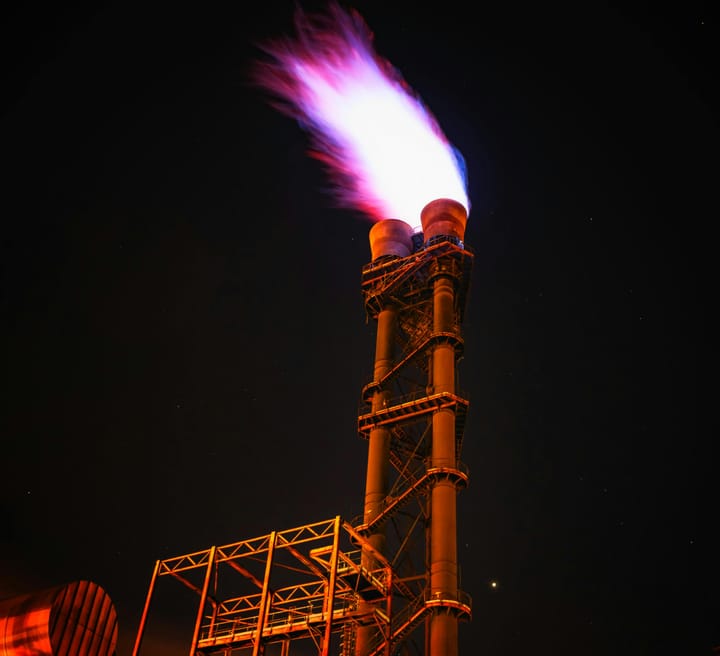There will be blood [delayed]
![There will be blood [delayed]](/content/images/size/w1200/2022/10/pexels-suzy-hazelwood-1629236.jpg)
The sharp contraction in global economic activity prompted by Covid-19 has sent oil prices into a tailspin. Brent crude, already on the backfoot since the outbreak of the coronavirus, suffered an additional leg-down this month when two of the world’s biggest producing nations – Russia and Saudi Arabia – set the stage for a prolonged price war. All told, the price of Brent is down a whopping 50% since the start of the month.
The feud erupted on 6thMarch, when Russia unexpectedly rejected a proposal from OPEC to lower production and raise prices amid depressed demand (prices typically rise when supply falls). Not only did the group fail to agree new supply cuts, it also fell short of extending it’s 2.1m barrels per day (bpd) output quota, which will expire at the end of March. OPEC is now widely to increaseproduction next month.
Saudi Arabia, OPEC’s largest producer, has already slashed the price of its April oil deliveries. According to people familiar with the matter, the biggest discounts went to buyers in north-east Europe, a key market for Russian exporters. Riyadh also pledged to raise production to 13m bpd (from just under 10m in January). On cue, Moscow promised to increase output by 0.5 million bpd, to roughly 12m bpd.
Measures to slow the spread of the virus, namely travel restrictions and business closures, were already having a negative impact on oil demand before the Russia-Saudi spat. As such, the timing of the price war can be viewed as a battle for market domination, with both countries attempting to flood an already oversupplied market. Unlike smaller producers, Russia and Saudi Arabia are reasonably well placed to weather an extended period of unrestrained output.
Several of Riyadh’s allies inside OPEC, however, face significant risks from lower oil prices. Algeria, for instance, needs Brent to trade at $110 pb to balance its national budget, according to Capital Economics. Elsewhere, beleaguered authorities in Iraq face continued pressure from months on anti-government protests. Angola, meanwhile, is still striving to recover from the legacy of a 27-year civil war that ransacked state coffers. With oil prices likely to hover around $20-25 in the near term, several OPEC members have reluctantly started to roll out austerity measures.
Lower oil prices also pose public health risks for petrostates already struggling to finance government spending, including on medical equipment, at a time when additional funds are desperately needed to contain the spread of the virus. Many countries will be forced to dip into foreign exchange reserves, raise domestic oil prices or borrow from international lenders such as the IMF. A final recourse may be sovereign default proceedings.
The US is also fighting a rear-guard action. US shale companies were suffering long before the latest price rout, with investors questioning their high debt levels and capacity for sustained profits. Indeed, market valuations of some of America’s biggest oil companies have nosedived since the beginning of March. Last week, White House rumblings even suggested that President Trump would consider bailing out the US shale industry.
In the near term, Saudi Arabia and Russia look set to extend their global market reach, possibly at the expense of US shale firms and other OPEC-members. However, an extended period of low prices wouldn’t only test the s


